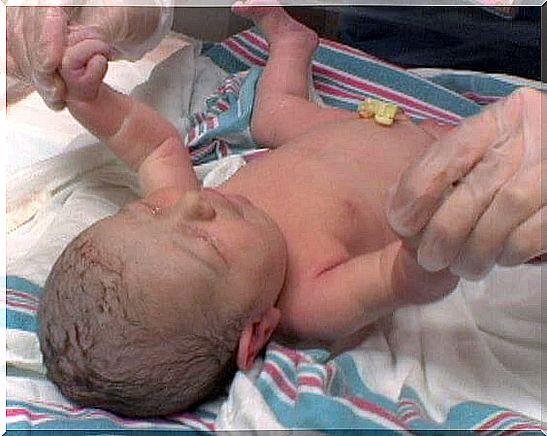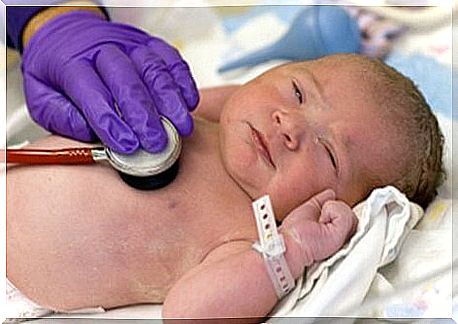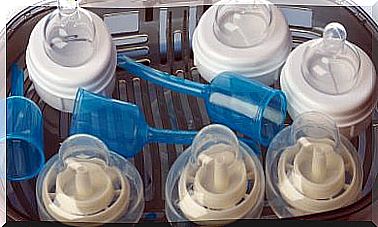What Is The Apgar Test And Why Is It So Important?

When giving birth, all a mother wants is to be able to hold her child. After nine months of waiting and tension, the first thing doctors are asked is if the baby is healthy. To eliminate possible doubts, minutes after delivery, the newborn is usually examined and subjected to the so-called Apgar test.
Health personnel carry out this thorough evaluation. In it, a series of evaluations are carried out to rule out possible health problems in the newborn. However, this control is completely routine and normal: it does not cause any problems for the baby, nor is it done in an exceptional way.
What is the Apgar Test?
The first ten minutes of your baby’s life are critical. That is why doctors immediately perform the Apgar test, a rapid examination of the newborn’s health.
It is usually carried out within the minute, after five minutes and sometimes after ten minutes. Through this process, five parameters are evaluated, in which each factor has a score from 0 to 2, which will be added to form the score.
- Breathing.
- Pulse / heart rate.
- Activity / muscle tone.
- Irritability / reflex response.
- Appearance or color of the skin.
The initial Apgar test is used to find out how the child has tolerated the birthing process. The complementary, on the other hand, indicates the adaptation of the baby to extrauterine life. The latter is considered the most relevant. The exam is a fundamental tool in neonatology.

If the score ranges between seven and 10, it means that the baby has successfully carried out the adaptation process. If the result goes from five to seven, the child has suffered an oxygen deficiency during delivery. In that case, a nearby source of oxygen should be applied.
Very few babies get scores below five. Generally, it only occurs with premature babies or those born by emergency cesarean section. There is also a risk if there have been difficulties during childbirth or there is the possibility of respiratory or heart problems.
Criteria to be assessed

- Heart rate. According to pediatricians, this is the most important parameter evaluated in the Apgar test. If the child does not have a heart rhythm, it is scored with 0; If it has less than 100 beats per minute, it corresponds to 1, and if it exceeds 100 during that same time interval, the score is 2.
- Breathing. The respiratory effort denotes the maturity and health of the lungs. To do this, the movements of the chest are carefully observed when inhaling and exhaling. When the child is not breathing, 0 is placed; if your breathing is slow or irregular, you have 1 point; and if he is breathing correctly or is crying, add 2 points.
- Muscular tone. Here the strength of movements and flexion of the newborn’s limbs is considered. A baby has good muscle tone when the limbs are flexed and active movements are achieved, with a score of 2. Poor muscle tone is seen in cases of stretched and flabby limbs, which will score 0.
- Reflexes. It is the involuntary reaction of the newborn to certain relatively annoying external stimuli. The irritability reflex (crying, grimacing, coughing, sneezing or kicking) is mainly evaluated. In the absence of a response, 0 corresponds; If there are slight grimaces and gestures, score 1. In front of crying, coughing or sneezing, score 2.
- Skin color. This variable reflects the degree of oxygenation of the baby and varies according to the pigmentation of the child. In black children, the color of the mucous membranes of the mouth, cornea, lips, palms of the hands and soles of the feet is observed. If it is a baby with a fair complexion, the general appearance of his skin and the contrast with the state of the feet and hands are considered.
Providing the health of the newborn
During each Apgar test, the pediatrician assesses a series of characteristics. Each one is given a score from 0 to 2. The figure obtained provides a first knowledge of the health of the newborn, and those aspects that must be taken care of so that it can lead a healthy life or, with the least amount of difficulties in health possible.










